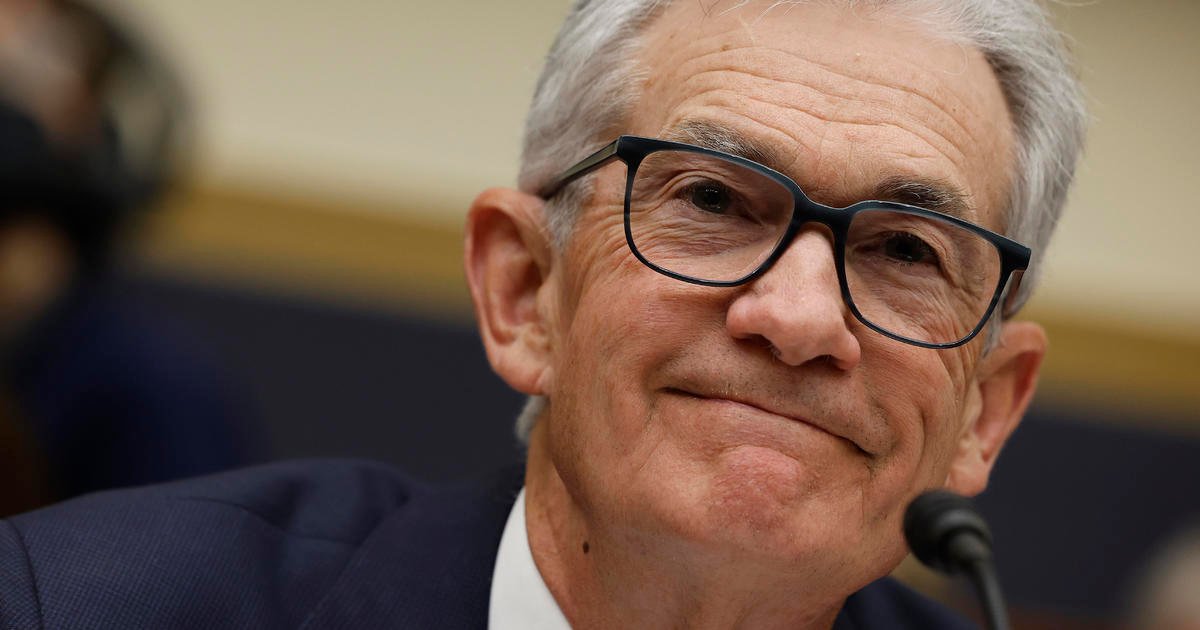The Federal Reserve on Thursday is expected to cut interest rates for the second time this year, the decision coming less than two months after a surprise big cut in September.
The Fed is expected to cut borrowing costs by 0.25 percentage points, or half the size of the cut it made in September, according to forecasts of economists polled by FactSet. This would lower the federal funds rate — the interest rate that banks charge each other for borrowing money — to a range of 4.5% to 4.75% from its current level of 4.75% to 5%.
With the Fed’s preferred measure of inflation falling to 2.1% last month, just below the Fed’s 2% target, the central bank is easing the brakes it applied when inflation reached a 40-year high during the pandemic. Higher borrowing costs have made it more expensive to buy everything from homes to cars.
Experts say that if the Fed cuts interest rates by 0.25 percentage points on Thursday as expected, the move will provide some additional relief to consumers, although the initial benefit will be small. The Federal Reserve is expected to continue lowering interest rates at its next several meetings, which could lead to greater savings for borrowers.
“Once there are some additional cuts over the next few months, the impact will amount to something that moves the needle for the average person struggling with debt,” Matt Schulz, senior credit analyst at LendingTree, said in an email. “But for now, the impact of these cuts will not be very noticeable.”
Here’s what to know about Thursday’s Fed meeting.
Will the Fed lower interest rates?
Yes, the Federal Reserve is expected to cut its benchmark interest rate by 0.25 percentage points on Thursday, November 7, according to economists polled by FactSet.
Gregory Daco, chief economist at EY, noted, “A continued slowdown in price and wage growth coupled with strong productivity growth should encourage a gradual recalibration of Fed policy with a 25 basis point interest rate cut following the election following the large reduction in Fed policy.” Interest rates by 50 basis points in September. October 31 report.
Daco expects the Fed to cut interest rates by an additional 0.25 percentage points at each meeting through June 2025. This would raise the federal funds rate to 4.4% in December and 3.4% in June.
When is the Fed rate decision?
The Fed will announce its decision at 2 pm EST on November 7, followed by a press conference with Fed Chairman Jerome Powell at 2:30 pm.
The Fed’s next interest rate decision will be announced on December 18.
How much will prices fall in 2024?
The Fed is expected to cut its benchmark interest rate to a range of 4.25% to 4.5% at its December meeting. This reflects a full percentage point cut from its level before September, when the federal funds rate was at its highest levels in more than two decades.
But that doesn’t mean mortgage rates or other borrowing costs will drop to that level, since lenders like mortgage companies and credit card companies make money by charging consumers higher terms than the federal funds rate.
However, borrowers should see some relief. Already, credit card rates are a little lower, although they are still near record levels, according to Schulz.
“While they will certainly continue to decline in the coming months, no one should expect credit card bills to drop significantly anytime soon,” he added. “Unless the Fed significantly accelerates the pace of interest rate cuts, it will take some time before these cuts add up to more than just a few dollars a month to your bill.”
Will mortgage rates fall?
Despite the Fed’s September cut, mortgage interest rates have increased over the past month, with the average interest rate on a 30-year fixed-rate loan at about 6.72%, according to Freddie Mac. This is higher than the September low of 6.08%.
Although the Fed’s interest rate decisions affect mortgage rates, home borrowing costs are also affected by economic trends such as unemployment. Meanwhile, Treasury yields rose on concerns about rising US debt and the presidential election.
“As long as investors remain concerned about what the future may hold, Treasury yields, and therefore mortgage rates, will have a difficult time falling and staying low,” noted Jacob Channel, chief economist at LendingTree.
More CBS News
Amy Beachy











